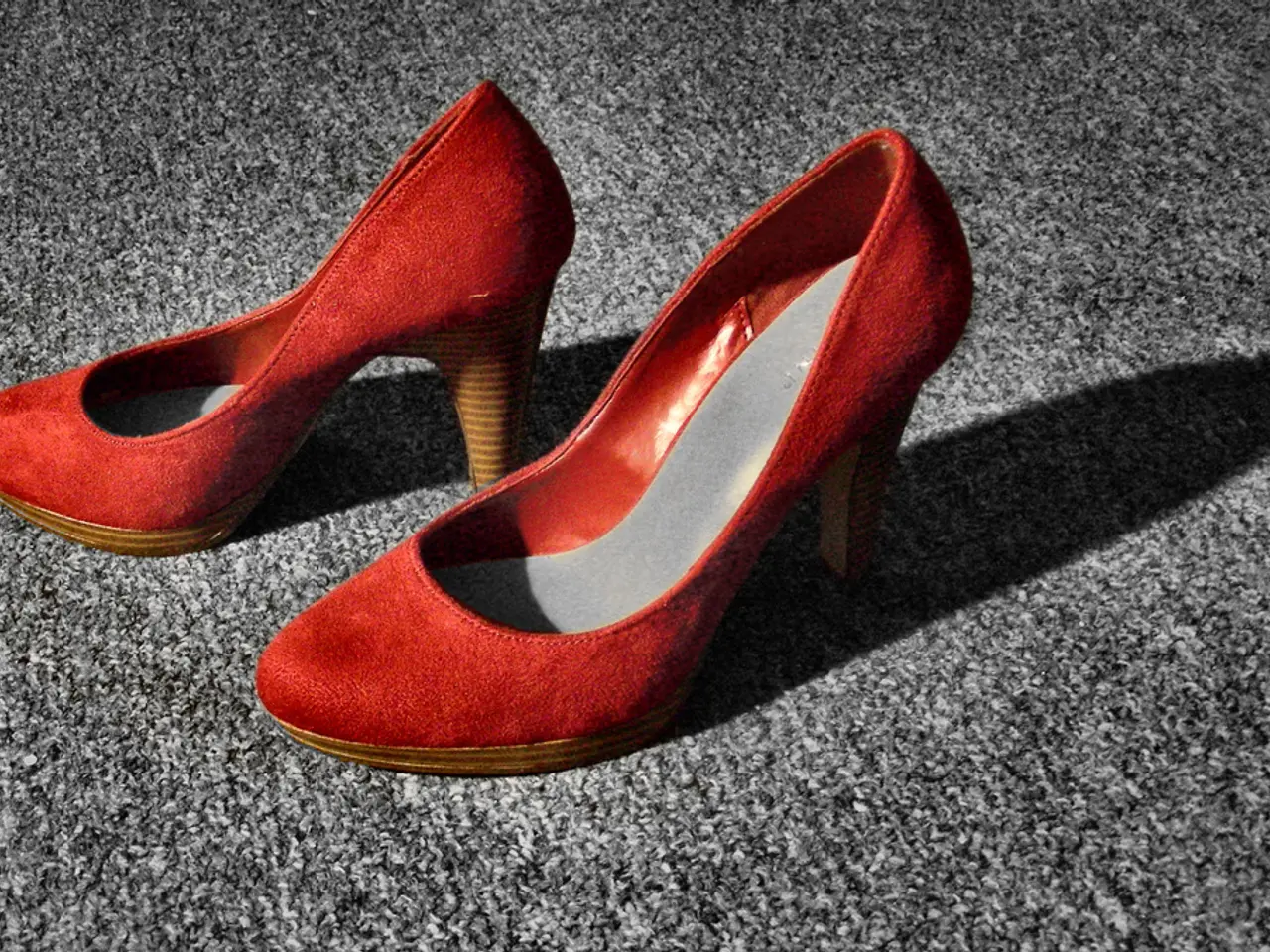Solutions for toe misalignment: Correcting toe misplacement concerns
Toe deformities such as Hallux Valgus, Schneider's Bunion, Hammer Toe, and Claw Toe are common conditions that can cause discomfort and affect foot function. These deformities are often linked to biomechanical imbalances, genetics, arthritis, trauma, and inappropriate footwear.
Hallux Valgus (Bunion)
Hallux Valgus, commonly known as a bunion, is characterised by a big toe leaning towards the outer edge of the foot. This condition is often caused by genetics, improper footwear (tight or narrow shoes), and biomechanical abnormalities affecting foot alignment. Symptoms include pain and swelling around the big toe joint, a visible bump on the side of the foot, and difficulty wearing shoes.
Treatment for Hallux Valgus initially involves conservative care, such as wearing wider shoes, orthotics (custom supports), and anti-inflammatory medications. In severe cases, surgical correction (bunionectomy) may be necessary to realign the toe.
Schneider's Bunion
Schneider's Bunion is a type of bunion that occurs on the outside of the foot near the little toe. It shares similar causes with Hallux Valgus, including poor footwear, repetitive stress, or biomechanical defects. Symptoms include a painful bony protrusion near the base of the little toe, redness, and swelling.
Non-surgical methods like padding, shoe modifications, orthotics, and in severe cases, surgery to correct deformity are the usual treatment options for Schneider's Bunion.
Hammer Toe
Hammer Toe is a toe deformity characterised by the toe bending at the middle joint. Causes include muscle imbalances that alter toe alignment, arthritis, trauma, and ill-fitting shoes that compress toes. Symptoms include pain, a bent toe, corns or calluses from friction, redness, and inflammation.
Treatment for Hammer Toe includes orthotics to relieve pressure, anti-inflammatory medications or corticosteroid injections, toe splints or pads for protection, and surgery if the toe becomes rigid.
Claw Toe
Claw Toe is another toe deformity where the toes bend into a claw-like shape. This condition is often related to nerve damage (neuropathy), muscle imbalances, arthritis, or trauma. Symptoms include pain, difficulty moving toes, corns, and calluses.
Treatment for Claw Toe includes stretching exercises, physical therapy, orthotic devices, better footwear, and surgery for advanced cases to lengthen tendons or correct deformities.
Additional Notes
Rheumatoid Arthritis is a common underlying cause that worsens deformities by joint inflammation and destruction, affecting big and smaller toes. Early intervention with stretching, physical therapy, and footwear changes yields better outcomes before deformities become rigid. Surgery is generally reserved for severe cases where conservative options fail to relieve pain or restore function.
Genetic predisposition can influence how the toes are positioned. Wearing shoes that give the toes room to move but still provide support is recommended for foot care. High heels can exacerbate the problem of toe deformities caused by incorrect footwear. Accidents can also contribute to the development of toe deformities.
The orthopedist advises against wearing shoes that are too tight or too short to prevent toe deformities. Existing foot deformities like flat feet can impact the positioning of the toes. Taking a few minutes each day to stretch the toes and rotate the feet can ensure foot mobility and circulation.
In summary, these toe deformities have overlapping causes mainly related to biomechanics and footwear, similar symptoms involving pain and visible deformity, and stepwise treatment beginning with conservative measures and progressing to surgery if needed. It is essential to maintain good foot health by wearing appropriate footwear, practicing good foot care, and seeking medical advice when necessary.





